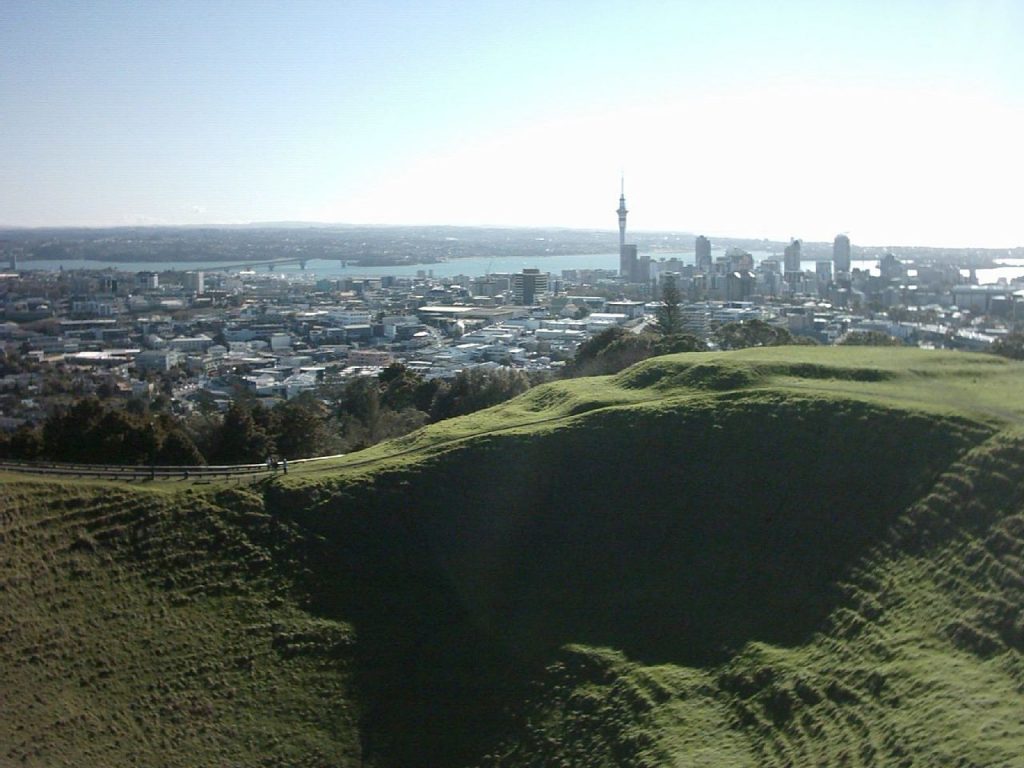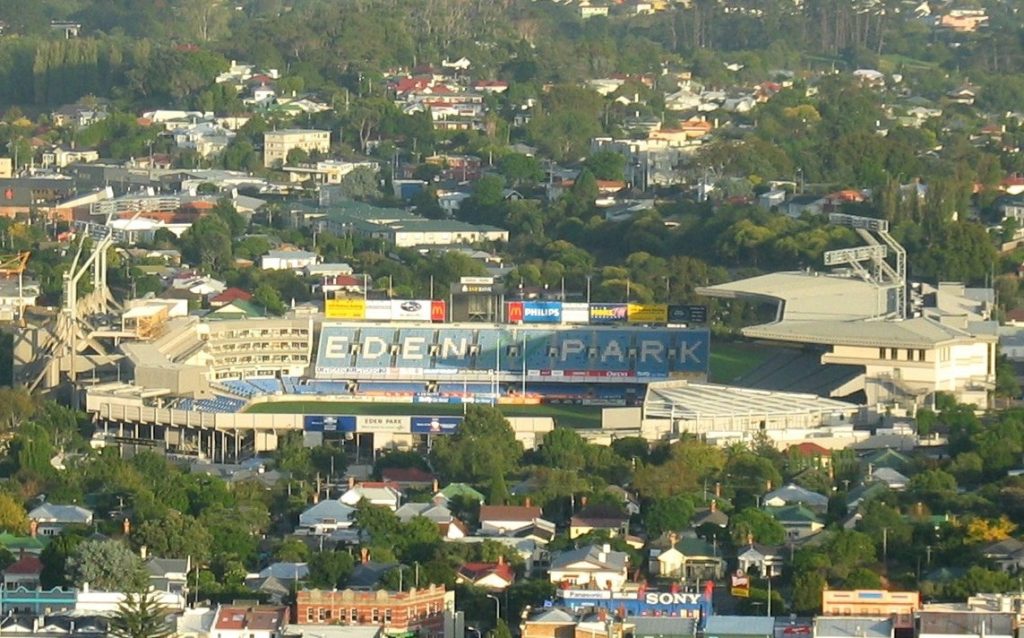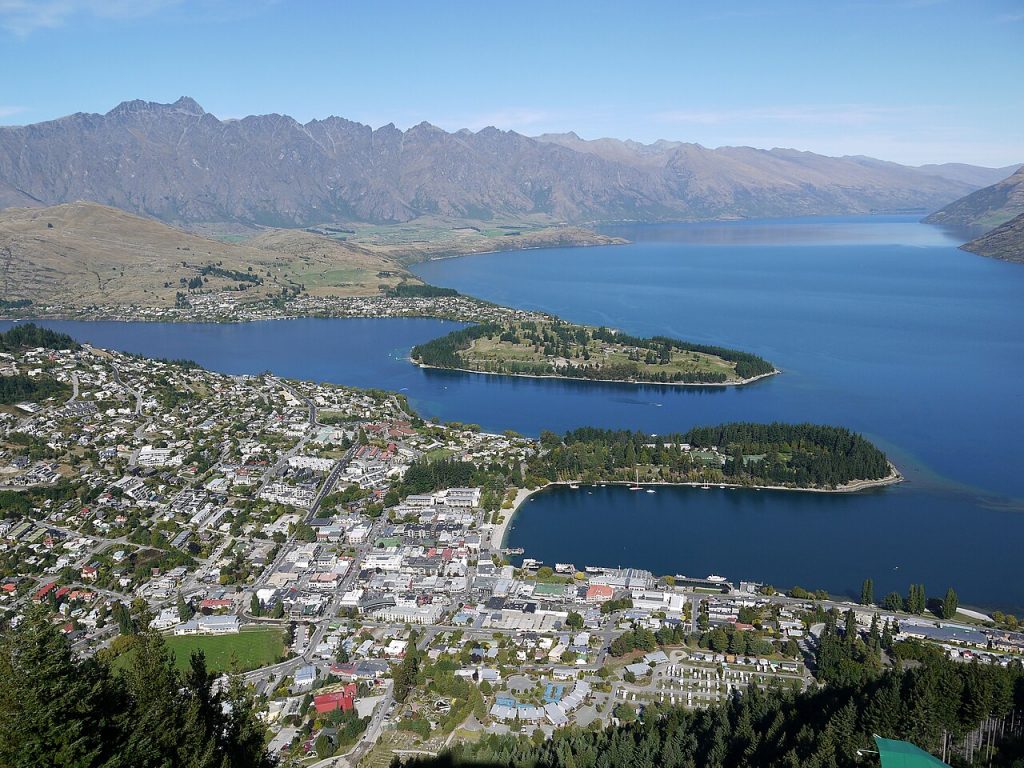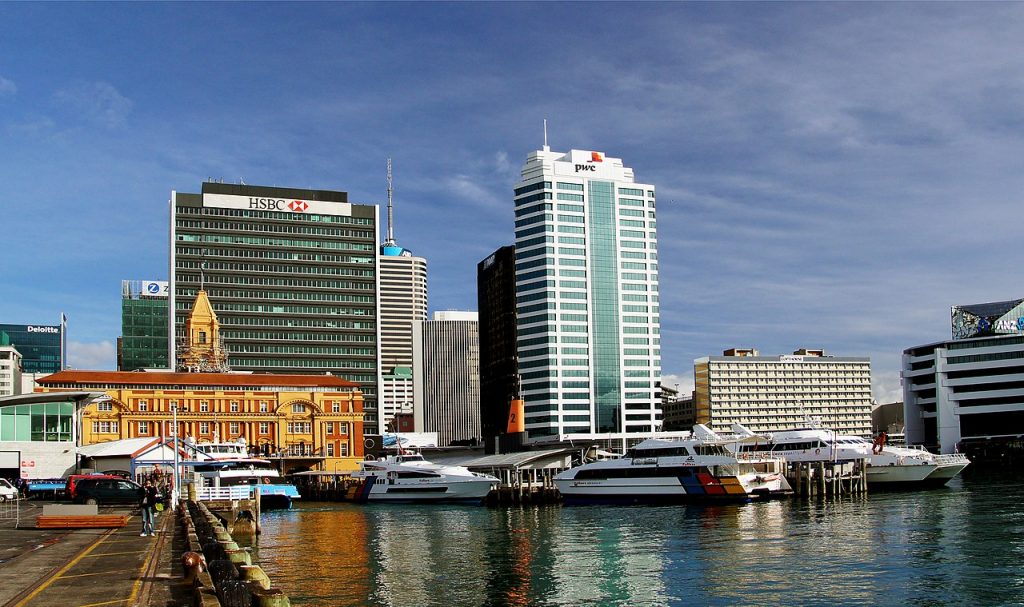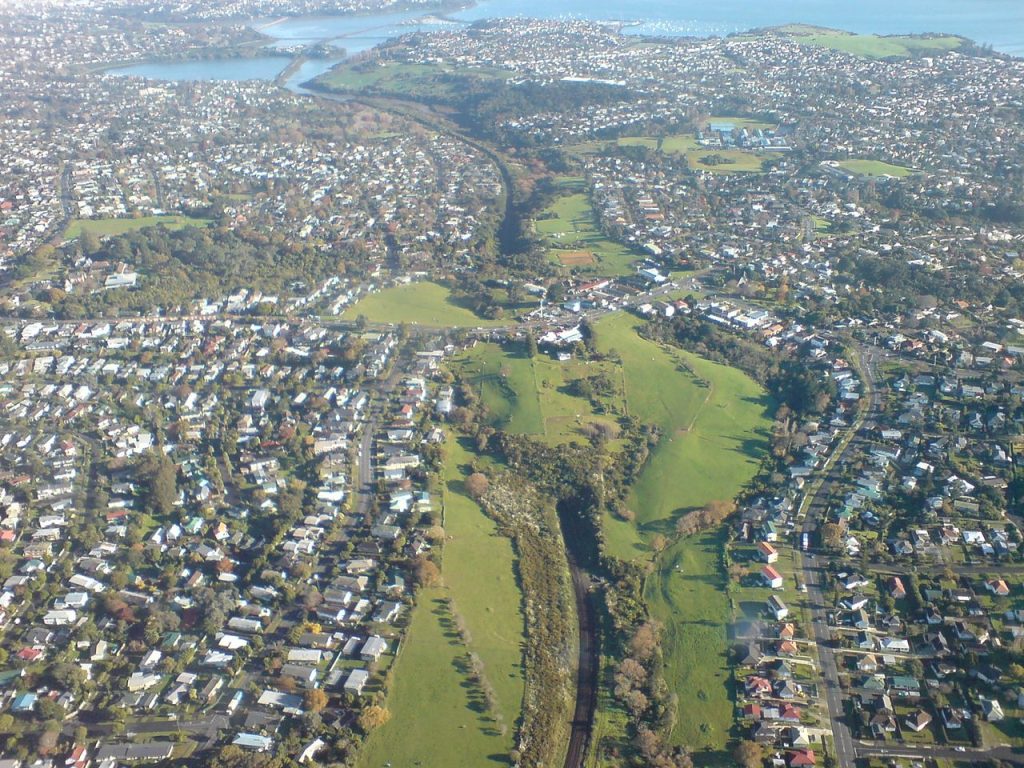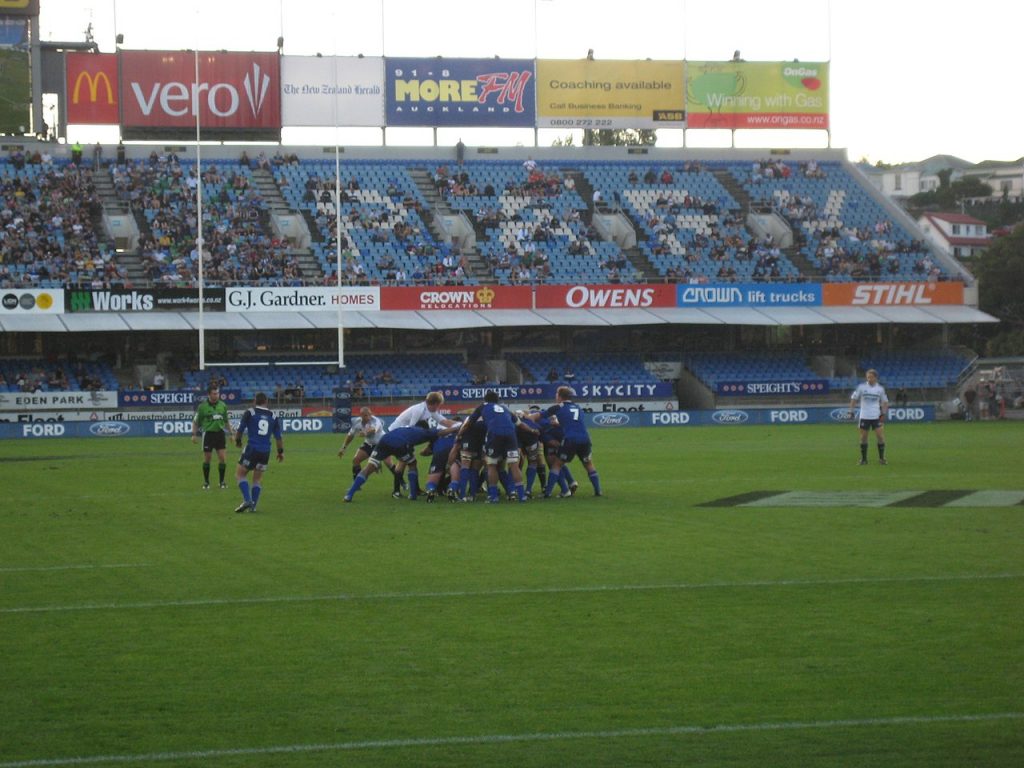
The Auckland Blues, commonly known simply as the Blues, are one of New Zealand’s most prestigious and dynamic rugby teams. Competing in the Super Rugby competition, the Blues have a rich history and a reputation for producing some of the finest rugby talent in the world. Based in Auckland, New Zealand’s largest city, the Blues have a passionate fan base and a legacy of success that has made them a cornerstone of New Zealand rugby.
History and Legacy of Auckland Blues
Formation and Early Years
The Auckland Blues were established in 1996 with the inception of Super Rugby, a professional rugby competition featuring teams from New Zealand, Australia, and South Africa. The team quickly established itself as a formidable force, winning the Super Rugby title in their inaugural year and again in 1997. These early successes set the stage for a legacy of excellence in New Zealand rugby.
Team Identity
The Blues’ name and colors reflect the maritime heritage of Auckland, often referred to as the “City of Sails.” The team’s blue jerseys and logo symbolize the connection to the sea and Auckland’s vibrant culture. The Blues have become synonymous with Auckland’s sporting identity, embodying the spirit and pride of the city.
Successes and Achievements
Super Rugby Titles
The Blues have won the Super Rugby championship three times, with victories in 1996, 1997, and 2003. These titles highlight the team’s competitive edge and their ability to perform at the highest level. The 2003 championship, in particular, is remembered for a dominant season that showcased the Blues’ attacking prowess and solid defense.
Player Development
The Blues are renowned for their role in developing world-class rugby talent. The team has produced numerous All Blacks, New Zealand’s national rugby team members, who have gone on to achieve international acclaim. Players like Carlos Spencer, Joe Rokocoko, and Jerome Kaino have become household names, exemplifying the quality of rugby fostered within the Blues’ system.
Home Ground
Eden Park
Eden Park, located in the heart of Auckland, serves as the home ground for the Auckland Blues. This iconic stadium is New Zealand’s largest and most famous rugby venue, capable of seating over 50,000 spectators. Eden Park provides an electric atmosphere for Blues’ home games, with passionate fans creating an intimidating environment for visiting teams.
Team Dynamics and Coaching
Coaching Excellence
The Blues have been guided by several distinguished coaches over the years, each contributing to the team’s development and success. Coaches like Sir Graham Henry, who led the Blues to their early titles, and current coach Leon MacDonald have emphasized a combination of skill development, strategic play, and team cohesion.
Key Players
The Blues’ roster boasts a mix of experienced veterans and emerging talent. Players like Beauden Barrett, an All Blacks star known for his playmaking abilities, and Patrick Tuipulotu, a formidable lock, bring leadership and expertise to the team. The blend of seasoned professionals and young prospects ensures the Blues remain competitive in Super Rugby.
Community and Culture
Grassroots Engagement
The Auckland Blues are deeply committed to fostering rugby at the grassroots level. The team supports local rugby clubs, schools, and community programs, encouraging young players to develop their skills and passion for the game. This engagement not only strengthens the rugby community but also ensures a steady pipeline of talent for the future.
Cultural Impact
Rugby is more than just a sport in Auckland; it’s a cultural phenomenon. The Blues play a significant role in the city’s cultural landscape, bringing together diverse communities and fostering a sense of pride and unity. Game days at Eden Park are celebrated as major events, with fans donning blue jerseys and filling the stands to support their team.
Challenges and Resurgence
Recent Performances
In recent years, the Blues have faced challenges in maintaining their dominance in Super Rugby, experiencing periods of rebuilding and restructuring. Despite these hurdles, the team has shown resilience and determination to return to their winning ways. Recent seasons have seen the Blues make significant progress, with improved performances and promising young talent emerging.
Future Prospects
The future looks bright for the Auckland Blues, with a strong emphasis on player development and a commitment to excellence. The team’s leadership, both on and off the field, is focused on building a sustainable path to success, ensuring the Blues remain a powerhouse in Super Rugby and continue to inspire the next generation of rugby players.
Conclusion
The Auckland Blues are more than just a rugby team; they are a symbol of Auckland’s sporting heritage and a beacon of excellence in New Zealand rugby. With a rich history, a passionate fan base, and a commitment to developing world-class talent, the Blues continue to be a formidable force in Super Rugby. Whether they are thrilling fans at Eden Park or inspiring young players in local communities, the Blues embody the spirit and resilience of Auckland and remain a cornerstone of New Zealand’s rugby legacy.

